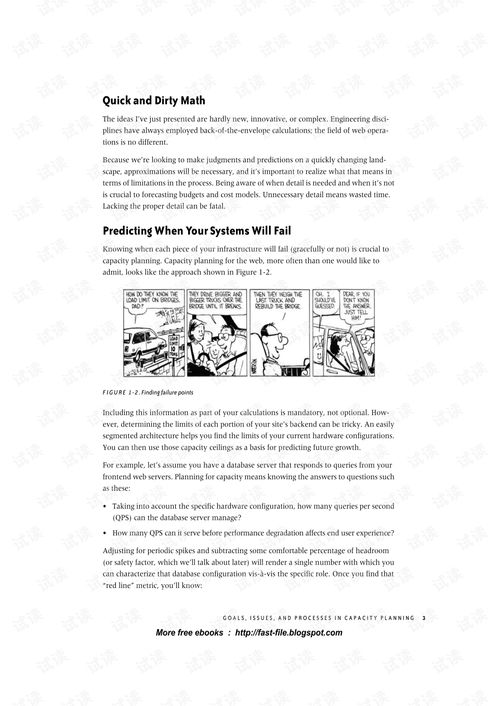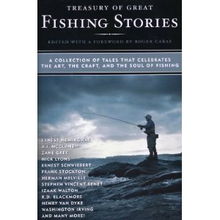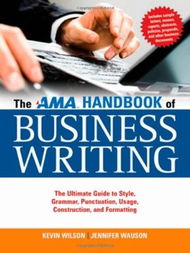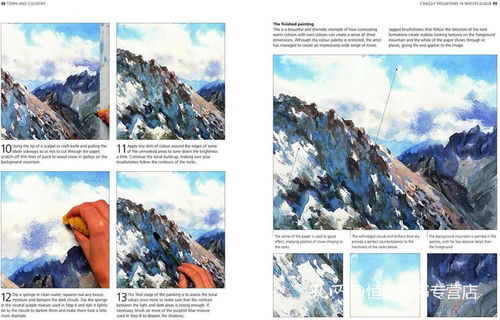Content:
Introduction
Fishing is an art that requires patience, skill, and a deep understanding of the water and its inhabitants. One of the most challenging aspects of fishing is mastering the art of casting far. Whether you're targeting distant fish or simply enjoying the sport, being able to cast your line accurately and far is crucial. In this article, we'll delve into the top techniques and tips to help you cast your line further than ever before.
Understanding Casting Angles
Before diving into the specifics of casting techniques, it's important to understand the basic principles of casting angles. The angle at which you cast your line can significantly affect the distance and accuracy of your cast. Here are a few key angles to keep in mind:
- High Angle: This involves casting the line at a steep angle, often upwards. It's useful for casting over obstacles or into windy conditions.
- Low Angle: Casting at a shallow angle can help you cover more ground and is ideal for long casts.
- Straight Angle: A straight line cast is the most common and straightforward method for casting a reasonable distance.
Choosing the Right Equipment
To cast far, you need the right equipment. Here are some essential items to consider:
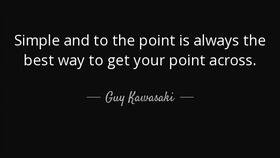
- Rod: A longer rod will generally allow you to cast further. However, the weight and action of the rod should also match your casting style and the type of fishing you're doing.
- Reel: A reel with a strong drag system and a smooth retrieval is crucial for long casts. Look for a reel with a high gear ratio to help you cast more efficiently.
- Line: The type of line you use can impact your casting distance. Monofilament lines are versatile and forgiving, while braided lines offer more sensitivity and are great for casting long distances.
Techniques for Casting Farther
Now that you have the right equipment, it's time to master the techniques:
- Preparation: Start by holding the rod with a comfortable grip, ensuring that your wrist is slightly bent. Tension in your wrist can restrict your casting range, so keep it relaxed.
- Backcast: Begin by lifting the rod back, keeping the line tight. The further back you can pull the rod, the farther you can cast. Aim for a backcast that is about twice the length of your intended cast.
- Load the Rod: As you bring the rod back, allow the line to straighten out and load the rod with tension. This tension is what will propel the line forward.
- Power Stroke: Once the rod is fully loaded, begin your power stroke by quickly and smoothly accelerating the rod forward. The key is to use your entire body, not just your arms, to generate power.
- Follow-Through: After the power stroke, continue to move the rod forward and up, following through until the line has cleared the rod tip. This follow-through ensures that the line has enough momentum to reach its intended destination.
Advanced Techniques
For those looking to push their casting skills to the next level, here are a few advanced techniques:
- Casting with a Wrist: Some anglers find that using a wrist cast can help them generate more power. This involves using a quick, wrist-actioned movement to propel the line forward.
- Snap Cast: The snap cast is a powerful technique that involves snapping the rod forward at the end of the power stroke. It's great for casting heavy lures and can cover a lot of ground quickly.
- Tapered Cast: This technique involves casting with a series of small, quick movements to gradually increase the line's speed. It's useful for casting in tight spaces or over obstacles.
Common Mistakes to Avoid
Avoiding common mistakes is just as important as mastering the right techniques. Here are a few to keep in mind:
- Tension: Too much tension in your arms or wrist can restrict your casting range. Keep your movements relaxed and fluid.
- Overcompensating: Some anglers try to compensate for a short cast by casting too hard, which can lead to an inaccurate cast. Trust your technique and let the rod do the work.
- Ignoring the Wind: The wind can significantly affect your casting distance and accuracy. Plan your cast accordingly and use the wind to your advantage.
Conclusion
Casting far is a skill that takes practice and patience. By understanding the basics of casting angles, choosing the right equipment, and mastering the techniques discussed in this article, you'll be well on your way to casting further than ever before. Remember to practice regularly, stay patient, and enjoy the process. Happy fishing!

